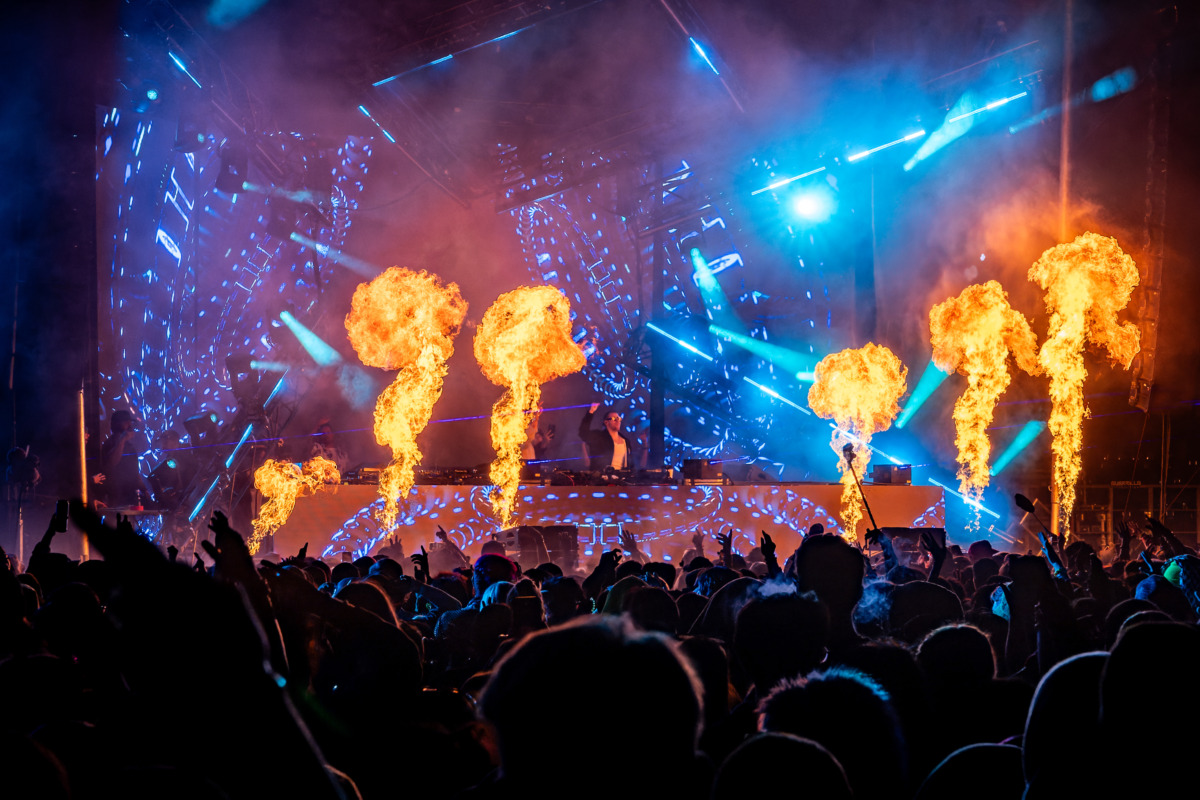Whether they think the Big Three are vastly overrated or they’ve simply watched every episode of Naruto, Bleach and One Piece several times over, anime fans have plenty more shonen shows to choose from, even if they’re specifically on the lookout for action or adventure-heavy titles.
Of course, some of these alternatives to the Big Three are already extremely mainstream -- Dragon Ball/Dragon Ball Z, Demon Slayer, Fairy Tail, Attack on Titan, My Hero Academia and Jujutsu Kaisen, to name only a very few. To discover something they haven’t watched before, viewers might need to look back at some much older titles, think a little outside the box or go for something that’s a lot more underrated than the likes of any of the above shows.
Blood+ (2005-06)
Aside from a case of amnesia and suffering from anemia, Otonashi Saya lives an ordinary life with her adoptive family in Okinawa. However, this all changes when Saya’s past catches up to her and she is suddenly attacked one night at school by a terrifying creature out for human blood. She is rescued in the nick of time by a mysterious man named Haji, who forces her to drink his blood, allowing Saya to go into a trance-like state and slay the monster. From then on, Saya and Haji team up with an organization called Red Shield, which exists to defeat the bat-like creatures known as Chiropteran that feast on humankind.
While most titles like these are based on already-established shonen manga, Blood+ is an anime-original that inspired its own shonen manga the same year it aired (and later, several other manga, light novels and even video games). A unique combination of vampire-themed mystery-horror combined with more shonen-esque supernatural action and drama, the story of Blood+ spans the globe, from Japan and Vietnam to Russia, France and eventually, America, weaving a complex and compelling tale all the while.
Chrno Crusade (2003)
A historical title set in New York in the Roaring Twenties, Chrono Crusade’s main characters are trainee nun-with-a-gun Rosette Christopher and her demon partner Chrono. Both members of the Magdalene Order, whose purpose is to eliminate demonic threats to both the country and the world, Rosette and Chrono travel around America battling literal hell-spawn, while also searching for Rosette’s long-lost brother Joshua.
Based on a shonen manga serialized from 1998-2004, Chrno Crusade is an interesting blend of relatively straightforward supernatural action and romance, although this latter aspect of the plot doesn’t take a significant role in the anime in the traditional sense. That said, the bond between Rosette and Chrono is a touching one that does play a major role in the series’ bittersweet ending, lending a surprising amount of poignancy to the story as a whole.
Mushrambo/Shinzo (2000)
In a world where mankind is all but extinct thanks to a deadly virus, followed by war between humans and a newly-created race called the Enterrans, a girl named Shindou Yakumo awakens from her sleep chamber, centuries after the end of the conflict. Placed in the sleep chamber by her father – then one of the planet’s last remaining scientists -- Yakumo soon meets an Enterran named Mashura, who swears to aid her in her quest to revive humanity and restore peace between the two races. Joined by two more Enterrans, Sago and Kutal, the group is tasked with finding Yakumo's missing memories and locating the hidden sanctuary known as Shinzo.
An oldie but a goodie, Mushrambo, also known by the title Shinzo outside of Japan, is a science-fantasy action/adventure series loosely based on the 16th-century Chinese novel Journey to the West, just as the likes of Saiyuki and Dragon Ball are (as well as characters from the likes of Digimon, RWBY and Miraculous Ladybug). Like Blood+, Mushrambo is an anime-original that later inspired a shonen manga adaptation, although the more tragic elements of the anime were largely stripped away in the manga to create a happier ending.
Nabari no Ou/King of Nabari (2008)
In modern-day Japan, Rokujo Miharu is an apathetic high school student going about his daily life. However, unbeknownst to him, his classmate Aizawa Koichi and English teacher Kumohira Tobari are Banten clan ninjas, and Miharu himself carries within his body the Shinra Banshou -- a scroll that contains the most powerful secrets in the ninja world of Nabari. When Miharu is one day attacked by a ninja from the Grey Wolves, who seek to use the Shinra Banshou for their personal gain and are more than happy to kill the bearer to obtain it, the Banten clan ninjas swear to protect him at all costs.
Nabari no Ou is based on a shonen manga series that was serialized in Monthly GFantasy -- a Square Enix-published magazine that tends to heavily feature supernatural and fantasy-themed titles with plenty of action and/or horror such as Saiyuki, Pandora Hearts, Black Butler and Zombie-Loan. For its part, Nabari no Ou deftly combines drama and even snippets of comedy with its more conventional action/adventure elements, creating a well-rounded and captivating story with more depth than some might assume at first glance.
Sengoku Basara (2009)
Set in Japan’s Warring States period, several powerful warlords whose names have become legend -- among them, Date Masamune, Takeda Shingen, Sanada Yukimura, Uesugi Kenshin and of course, Oda Nobunaga -- fight to maintain their influence and ultimately, unify the country under a centralized government. While many of these warlords squabble among themselves, they must put their differences aside in order to defeat the demon-like Nobunaga, who seeks to rule Japan with an iron fist.
Sengoku Basara is neither a manga adaptation nor an anime original, but rather a game-based title first released in 2005. The series is a fantastic mix of samurai/martial arts action and pure uproarious comedy; for example, Date Masamune is depicted as a samurai version of a gang leader whose horse is also a motorcycle, while Sanada Yukimura and his master Takeda Shingen share a bond that involves them battering one another out of manly trust and affection while repeatedly yelling each other’s names. The anime also happens to have one of the best opening credit sequences of all time -- a must-watch in its own right, and a glimpse of the shenanigans that the show itself has to offer.
About The Author

